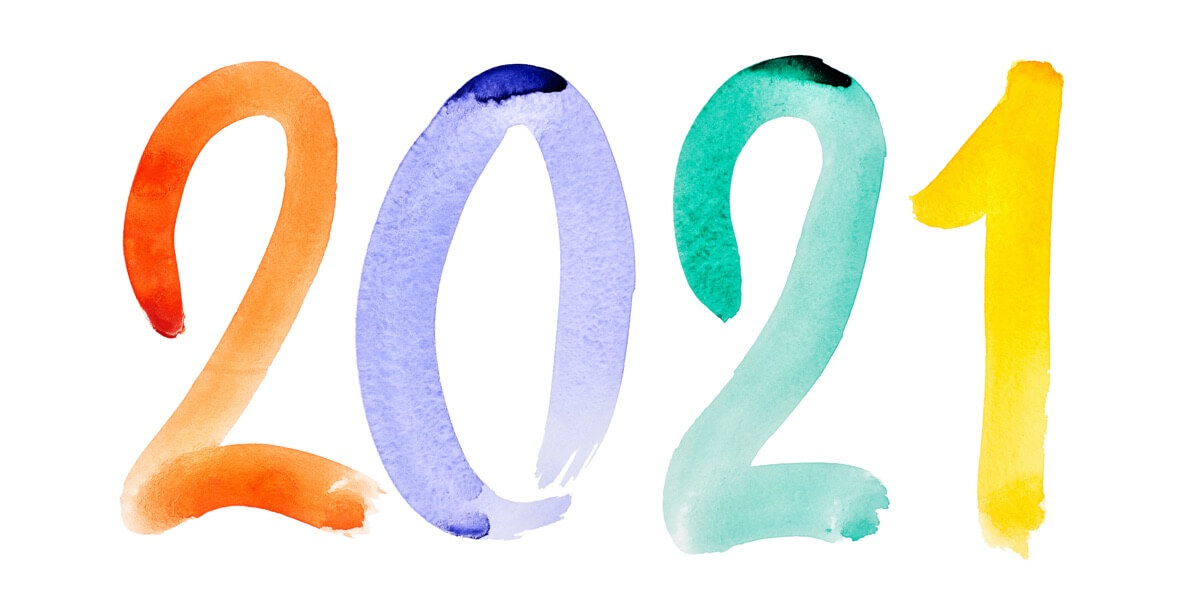People teams sit on a goldmine of information. Unfortunately, much of it isn’t usable. Though over 80% of HR leaders would like to use data to drive their decision-making, just over a third are.
Why? Bad data. Non-standard fields and conflicting information require teams to manually fix data in a spreadsheet or hire “scrubbers” to make it useful. Even as HR tech vendors continue to develop cutting-edge analytics dashboards, “data debt” forces 98% of HR teams to rely on Microsoft Excel for analysis.
“Without quality data, companies can’t scale as efficiently and challenges inevitably manifest,” said Carla Diaz, co-founder of Broadband Search. “To ensure the data is actually good, teams need to take a systematic approach by asking the right questions related to the data and how it affects the business.”
1) Standardize data fields.
Don’t get us wrong: We’re big believers in open-text fields when it comes to engagement survey analysis. Subtleties like word choice can speak volumes about cultural issues. But when applied elsewhere, open-text fields cause major reporting headaches for HR teams.
Kara Fasone is an adjunct professor at The Chicago School of Professional Psychology. After spending years of her career in talent development, she knows all too well how messy HR data can be. She recommends that teams set standards around data collection, opting for preset options for things like departure reason or job class.
“There's value in creating conventions around how data is keyed into a system. For example, when collecting exit interview data, HR professionals should be equipped with a list of accepted departure reasons to make it easier to identify turnover trends. Take it a step further by building this into the platform that will house this information,” Fasone said.
2) Reference only the latest information.
All HR data comes with an expiration date. Turnover, lateral moves, and other organizational changes will invalidate prior assumptions you had about your workplace. People teams should avoid spreadsheets and other tools that need to be manually updated each month or quarter. As an alternative, consider storing this information in a cloud-based solution with built-in analytics. If you need to pull reports on turnover, performance, engagement, or other HR metrics, you’ll be working with only the latest information.
“Ideally, your data should be updated in real-time,” Fasone said. “Other times, data freshness is debatable. Take measuring employee engagement, for example. Most organizations collect engagement data annually or bi-annually. However, more platforms are advocating for more continuous pulse checks to ensure data collected are relevant and actionable.”
In other words, if you’re responding to survey feedback that employees shared six months ago, it might be too little, too late. Make sure you’re collecting feedback on an ongoing basis so HR and team leads can act on it. Lattice's pulse surveys provide your team with in-the-moment feedback that can be easily shared with managers.
Remember that keeping everything current isn’t something HR can do singlehandedly. Make it a habit to remind employees to revisit their home address, marital status, and other personal information at least once or twice a year. In some cases, there are even tax and compliance liabilities for not keeping these up-to-date.
3) Build an HR tech stack that integrates.
HR teams use as many as nine different applications to do their jobs. Unfortunately, that also means they store employee data in at least nine different places. If those tools don’t play nicely, you’ll need to manually reconcile data.
To get more out of your reporting, make sure the tools in your HR tech stack integrate. That means prioritizing vendors with open APIs and those with prebuilt integrations for the tools you already use. Otherwise, you might need engineering help every time you want to pull a cross-functional report.
“To improve the quality of data, organizations need to integrate or consolidate their data. The market has open-source software that can help you do this. However, you might sometimes need coding expertise to help customize the integration to fit your HR needs,” said Reuben Yonatan, founder of GetVoIP.
4) Resist the urge to record everything.
For better or worse, HR teams live by a creed: “Document everything.” Because of the profession’s traditional role in risk mitigation, HR teams are prolific notetakers. That said, you have to draw the line somewhere.
“In HR, there are some pieces of information that have to be collected for legal reasons. But sometimes, organizations fall victim to information overload,” Fasone said. “I recommend keeping things simple and focusing your time and energy collecting and manipulating data that directly ties to your People team or broader organization's goals.”
In practice, that means being thoughtful about the fields you build into your HR software. Ask yourself, “Will this field still be relevant or practical to update 100 even 1,000 employees from now?” As one leader pointed out, do you really need a field in your HR information system that specifies exact hours worked when your time clock software already handles that for you?
“Having fields that require constant updating will just result in inaccuracies. For example, an employee's working hours can change frequently, so data about working hours will probably be poor quality and require constant cleanup. Instead, collecting data about an employee's status, like full-time or part-time, can lead to higher data quality and more accurate data,” said Edgar Arroyo, President at SJD Taxi.
—
Cleaner data brings your workplace into sharper focus. But now that you actually can be more data-driven, what metrics should you bring to the table once it’s time to present to the C-suite?
It pays to know your audience. We asked founders and executives to share which data points they cared about. Click here to find out which HR metrics matter most to CEOs.







